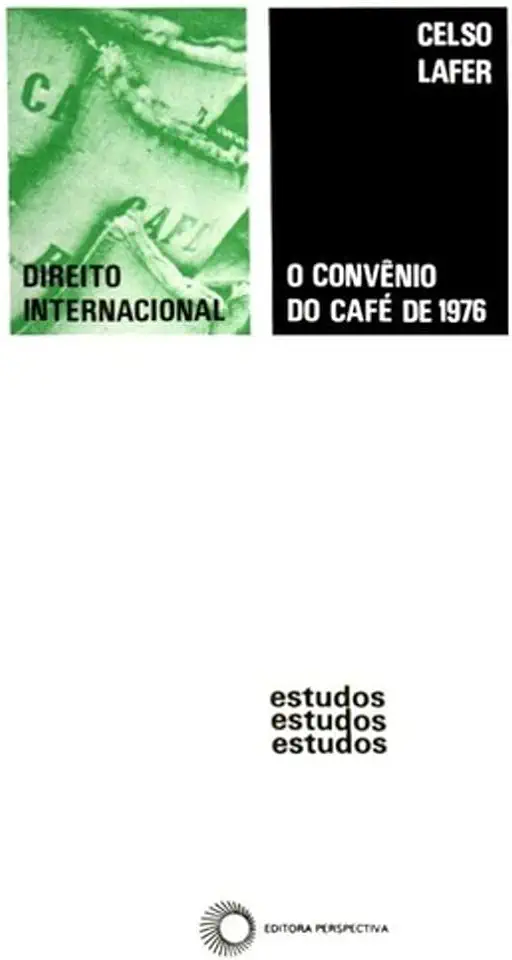
The 1976 Coffee Agreement - Celso Lafer
The 1976 Coffee Agreement: A Landmark in International Commodity Regulation
Introduction
The 1976 Coffee Agreement, negotiated under the auspices of the United Nations Conference on Trade and Development (UNCTAD), was a landmark agreement that sought to stabilize the global coffee market and improve the livelihoods of coffee producers in developing countries. This comprehensive agreement covered a wide range of issues, including export quotas, price stabilization mechanisms, and measures to promote sustainable coffee production.
Background
The global coffee market had been plagued by chronic instability and low prices for decades, leading to widespread poverty among coffee-producing communities. The 1976 Coffee Agreement was a response to this crisis, aiming to address the structural imbalances in the coffee market and ensure a fair and sustainable coffee trade.
Key Provisions
The 1976 Coffee Agreement introduced several innovative mechanisms to regulate the coffee market. These included:
- Export quotas: Exporting countries were assigned individual quotas to limit the supply of coffee on the market, thereby supporting prices.
- Price stabilization mechanisms: A price range was established, with a lower intervention price and an upper trigger price. If the market price fell below the intervention price, the International Coffee Organization (ICO) would purchase coffee to support the price. Conversely, if the market price exceeded the trigger price, the ICO would release coffee from its stocks to cool down the market.
- Measures to promote sustainable coffee production: The agreement included provisions to encourage coffee-producing countries to diversify their economies, improve production efficiency, and promote sustainable farming practices.
Impact and Significance
The 1976 Coffee Agreement had a significant impact on the global coffee market and the lives of coffee producers. It brought greater stability to the market, reducing price volatility and providing a safety net for producers. The agreement also contributed to improved incomes for coffee farmers and increased investment in the coffee sector.
Furthermore, the 1976 Coffee Agreement played a pioneering role in international commodity regulation, setting a precedent for future agreements in other commodities. It demonstrated the potential for international cooperation to address global market challenges and promote sustainable development.
Conclusion
The 1976 Coffee Agreement stands as a testament to the power of international cooperation and the pursuit of a fairer global economic system. It achieved its objectives of stabilizing the coffee market and improving the livelihoods of coffee producers, leaving a lasting legacy in the history of international commodity regulation.
Call to Action
If you are interested in learning more about the 1976 Coffee Agreement and its impact on the global coffee market, I highly recommend reading this book. It provides a comprehensive and well-researched account of the agreement, its negotiation process, and its far-reaching consequences.
Whether you are a coffee enthusiast, a policymaker, or simply someone interested in international development, this book offers valuable insights into the challenges and opportunities of regulating global commodity markets.
Enjoyed the summary? Discover all the details and take your reading to the next level — [click here to view the book on Amazon!]